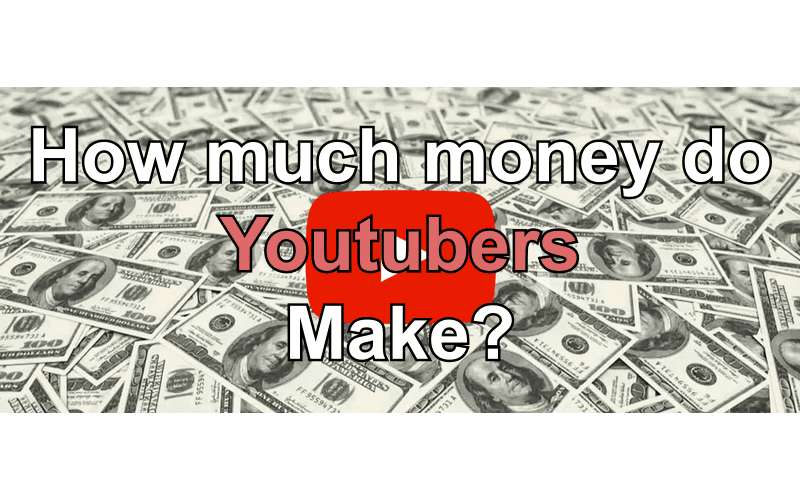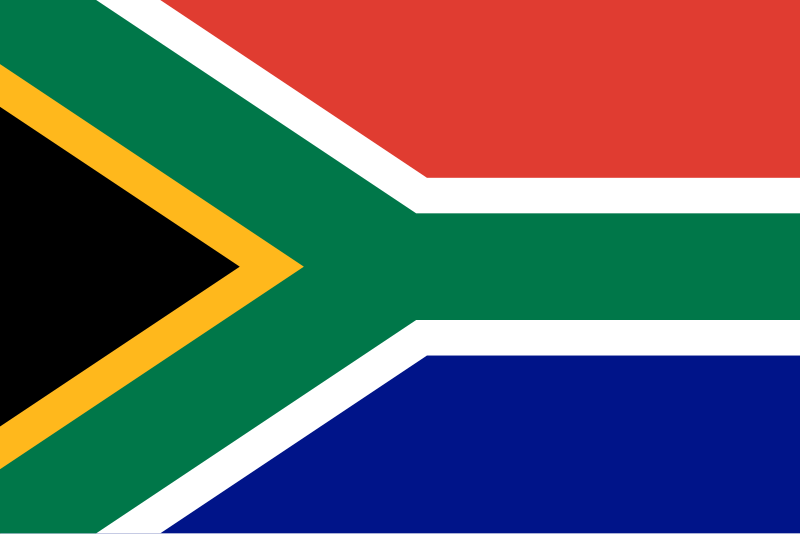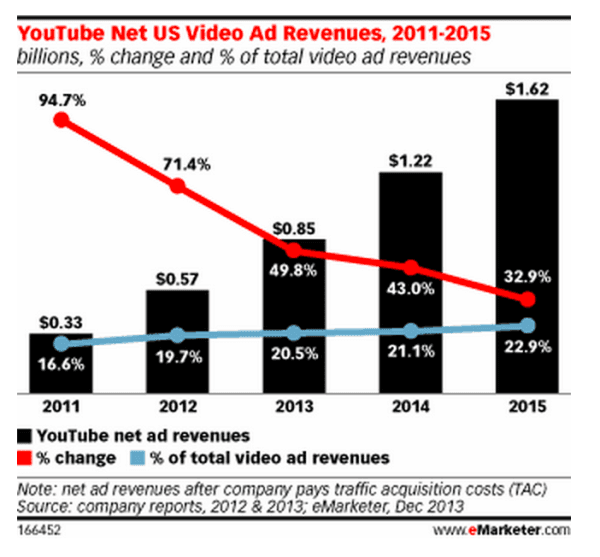
How To Get Monetized on Youtube
Summary
Monetizing a YouTube channel is a significant milestone for content creators, marking the transition from hobbyist to professional. Through the YouTube Partner Program (YPP), creators can earn revenue from advertisements and other monetization features, such as Super Chat, channel memberships, and merchandise sales[1]. To qualify, creators must meet specific eligibility criteria, including accruing at least 1,000 subscribers and 4,000 public watch hours in the past 12 months, or alternatively, garnering 10 million views on Shorts within 90 days[2][3]. This monetization pathway not only provides financial benefits but also underscores the platform's role in supporting diverse content creators globally.
YouTube's monetization system, particularly the YPP, has significantly impacted both the economic landscape of online content and the social environment of digital media. Economically, YouTube's revenue-sharing model has allowed millions of creators to generate income, collectively earning billions of dollars over the years[4]. Socially, the platform has democratized content creation, enabling a myriad of voices and perspectives to reach a global audience[5]. However, creators must navigate challenges such as algorithmic unpredictability and content saturation, which can affect visibility and revenue potential[6].
The platform's dynamic nature means YouTube frequently updates its policies and introduces new monetization opportunities. For example, recent changes have emphasized short-form content, like YouTube Shorts, offering direct ad revenue sharing for these formats[7]. Such updates necessitate that creators stay informed and adapt their strategies to maintain or enhance their monetization status. While this evolution presents new opportunities, it also demands a strategic approach to content creation and engagement.
Controversies surrounding YouTube monetization include concerns over content theft, where creators' work is uploaded without permission, and the pressures of maintaining monetization, which can lead to creator burnout[8][9]. These issues highlight the complexities of sustaining a YouTube career, requiring creators to balance creative expression with the operational demands of running a channel. As YouTube continues to evolve, it remains a powerful platform for both seasoned and aspiring creators, providing a unique blend of opportunities and challenges in the digital age.
Eligibility Requirements
To qualify for monetization on YouTube through the YouTube Partner Program (YPP), creators must meet a series of eligibility requirements designed to ensure a baseline of content quality and engagement[1][2]. These requirements were updated in 2023, with some changes made specifically for YouTube Shorts[3][4].
General Requirements
To begin monetizing a YouTube channel, creators must accumulate at least 1,000 subscribers[2][5]. Additionally, their content should garner a minimum of 4,000 valid public watch hours over the previous 12 months, or alternatively, the channel can achieve 10 million views on Shorts within 90 days, reflecting the platform's recent emphasis on short-form content[2][3][6]. The channel must also adhere to YouTube's Community Guidelines and should have no active strikes against it[5].
Additional Criteria
Creators need to link an AdSense account to their YouTube channel to receive payments, which can be set up once the channel meets the YPP thresholds[5][7]. Moreover, to maintain monetization, YouTube may disable monetization on channels that have not uploaded a video or posted to the Community tab for six months or more, emphasizing the importance of continued activity and engagement[8].
These eligibility thresholds ensure that YouTube partners are active and contribute positively to the platform's ecosystem, providing a consistent and engaging experience for viewers[9][8].
Monetization Features
Once a YouTuber has met the eligibility requirements and is accepted into the YouTube Partner Program (YPP), they gain access to a variety of monetization features designed to increase revenue opportunities. These features are crucial for content creators looking to maximize their earning potential on the platform.
One of the primary monetization features is ad revenue sharing. Creators earn a portion of the ad revenue generated from their videos, typically around 55%, with the remainder going to YouTube[10][11]. The ad revenue is influenced by several factors, including ad impressions, cost per thousand impressions (CPM), and viewer engagement with ads[10]. Additionally, the niche or topic of the video can significantly impact revenue, with competitive niches like digital marketing and personal finance often attracting higher CPMs[12].
Beyond ad revenue, YouTube offers several interactive monetization tools, including Super Chat, Super Stickers, and Super Thanks. These features allow viewers to financially support creators during live streams and video premieres. Super Chat and Super Stickers are available exclusively for live or premier videos, while Super Thanks can be purchased on standard video watch pages[13]. These tools not only enhance engagement but also provide creators with additional income streams[13].
Channel Memberships and YouTube Shopping are other monetization avenues available to eligible creators. Channel Memberships allow viewers to subscribe to a creator's channel for a monthly fee in exchange for exclusive perks such as badges, emojis, and members-only content[14]. On the other hand, YouTube Shopping enables creators to promote and sell merchandise directly through their channel, offering a seamless shopping experience for fans[14]. Creators with over 20,000 subscribers can also participate in YouTube's Shopping affiliate program, tagging products in videos and Shorts to earn commissions[15].
For creators focusing on short-form content, YouTube Shorts provides a unique monetization opportunity. Unlike traditional creator funds, YouTube Shorts allows for direct ad revenue sharing, offering a distinct monetization path for short video creators[16][11].
Each of these monetization features has its specific eligibility criteria and requirements, which are in addition to the general YPP entry thresholds of subscriber count and watch time[14]. By strategically leveraging these monetization features, creators can effectively boost their income and enhance their overall YouTube presence.
Application Process
The application process for getting monetized on YouTube involves several crucial steps that aspiring content creators must navigate to join the YouTube Partner Program (YPP). Initially, channels must meet the eligibility requirements, which include having more than 1,000 subscribers, achieving over 4,000 public watch hours in the last 12 months, maintaining no active Community Guidelines strikes, and having a linked AdSense account[5][17].
Once a channel meets these criteria, creators can apply for the YPP either from a desktop computer or a mobile device[8]. Upon submission, the channel enters the "In Progress" status, indicating that the application is under review[8]. It is essential for applicants to ensure their content complies with YouTube's policies and guidelines, as non-compliance can result in the rejection of the application due to policy violations[18].
If a channel does not meet the program threshold, creators should focus on growing their viewership and engagement. This may involve strategic planning and consistent content creation to increase subscribers and watch hours[17]. In cases where an application is rejected, creators are encouraged to review feedback provided by YouTube, make necessary adjustments to their content, and reapply after a 30-day period[18].
Additionally, creators must accept the new YouTube Partner Program terms, which include various modules such as the Watch Page Monetization Module, to unlock specific monetization opportunities[19][20]. All monetizing partners were required to review and accept these new terms by July 10, 2023, to continue earning revenue on the platform[20].
Maintaining Monetization
Once content creators achieve monetization on YouTube, maintaining it requires ongoing effort and adherence to the platform's guidelines. The YouTube Partner Program (YPP) offers various monetization tools and resources, but creators must continue to meet the program's eligibility criteria to sustain their earning potential[21][18]. Understanding and navigating YouTube's policies is crucial for avoiding potential issues such as policy violations that can lead to demonetization[22][18].
Creators should regularly review and optimize their content strategies to align with YouTube's ever-evolving policies. This includes staying informed about updates, such as changes to profanity guidelines, which have been recently adjusted to allow for some leniency in content[15][23]. Implementing best practices for optimization and being aware of algorithmic shifts can also help creators maintain visibility and engagement on their channels[24][23].
Moreover, engaging with YouTube's support and community resources can provide valuable insights and aid creators in addressing challenges such as content theft and burnout, both of which can negatively impact monetization[25][24][26]. By leveraging these resources and continuously refining their content, creators can not only preserve their monetization status but also enhance their overall channel growth[26][23][27].
Strategies to Increase Revenue
Increasing revenue on YouTube requires a strategic approach that encompasses various techniques and monetization options.
Diversify Content Types
Experimenting with different content formats and themes can help attract a broader audience and increase engagement. By analyzing the performance of various content types, creators can identify what resonates best with their viewers and adjust their strategies accordingly[28]. This diversification not only helps in sustaining viewer interest but also opens up more monetization opportunities.
Leverage Monetization Features
Creators should explore YouTube's new monetization features such as channel memberships and merchandise shelf integration[28]. These features allow creators to offer bonus content or unique privileges to subscribers in exchange for a monthly fee, enhancing revenue streams[29]. Additionally, the YouTube Partner Program (YPP) offers access to a range of monetization options, including ad revenue sharing[30][31].
Optimize Ad Revenue
Ad revenue remains a significant source of income for YouTube creators. To maximize ad revenue, creators should focus on optimizing their video content for ad placement by using relevant keywords and improving content relevance[32]. The niche of the content also plays a crucial role, with competitive niches like digital marketing offering higher CPMs[12].
Engage with Audience
Building a strong community and engaging with subscribers is essential for increasing views and revenue. Encouraging viewers to become members or participate in channel activities can lead to more consistent revenue streams[29]. Maintaining regular interaction and responding to viewer feedback can also foster loyalty and promote channel growth.
Expand Beyond Ads
In addition to ad revenue, creators should consider other revenue-generating avenues such as branded content, paid digital goods, and merchandise sales[33]. By collaborating with brands or offering exclusive content, creators can diversify their income sources and mitigate the impact of fluctuations in ad revenue.
Utilize YouTube Shorts
With the recent monetization of YouTube Shorts, creators can now earn revenue through ads displayed on short-form videos[34]. Although the RPM for Shorts is lower than long-form videos, it provides an additional revenue stream, especially if creators can produce viral short content[35].
By implementing these strategies, YouTube creators can enhance their revenue potential and create a sustainable business model that leverages both traditional and innovative monetization methods.
Challenges and Considerations
Aspiring YouTube creators aiming for monetization face a myriad of challenges that require strategic navigation and a profound understanding of the platform. One of the primary obstacles is the algorithmic unpredictability, which can impact video visibility and, consequently, ad revenue[24]. The monetization process itself can be daunting, especially for newcomers or those struggling to meet the stringent eligibility criteria set by YouTube[36][37]. Understanding and adapting to YouTube's policies, which undergo frequent updates, is essential to unlock monetization opportunities[22][23].
Content saturation presents another hurdle, as the platform hosts an overwhelming amount of video content, making it difficult for creators to stand out and attract viewers[24]. Additionally, content theft is a prevalent issue, where creators' work is re-uploaded without permission, complicating their monetization efforts[25]. Creators must also consider copyright concerns, as failing to comply with these can lead to demonetization or removal of videos[24].
Burnout is a significant consideration, given the demands of consistently producing quality content while managing promotion, engagement, and monetization[25]. Creators must balance these responsibilities to maintain a sustainable workflow and preserve their mental health. Moreover, navigating monetization hurdles, such as missing monetization options or misconfigured settings, requires a proactive approach to resolve issues promptly and optimize earning potential[22][36].
Staying updated with the latest YouTube policies and features is crucial, as the platform continuously evolves with new monetization options, such as channel memberships and merchandise shelf integration[28][38]. These features offer creators additional revenue streams but require an in-depth understanding and strategic implementation to be effective[23]. Thus, the path to monetization on YouTube involves overcoming a complex web of challenges with resilience, creativity, and a keen awareness of platform dynamics[24].
Alternatives to YouTube Monetization
While the YouTube Partner Program (YPP) provides an opportunity for creators to earn revenue through ad sharing, there are various alternative monetization methods available for those seeking to diversify their income streams beyond traditional ad revenue[33][39].
Fan Funding
Fan funding features such as Super Thanks, Super Chat, and Super Stickers allow viewers to support creators directly. These tools enable fans to tip creators during live streams or on regular video content, fostering a direct financial relationship between creators and their audiences[15]. Additionally, creators can offer channel memberships, providing subscribers with exclusive content and perks in exchange for a monthly fee[15].
Merchandise and Branded Content
Creators can also monetize their channels through merchandise sales and branded content collaborations. YouTube's Shopping feature allows creators to promote their own merchandise, and those with more than 20,000 subscribers in YPP can tag products in their videos and Shorts, earning a commission on sales[15]. Collaborating with brands for sponsored content offers another revenue stream, allowing creators to integrate products or services into their videos in exchange for payment[33].
Paid Digital Goods and Services
YouTube provides creators with the ability to sell digital goods and services. This includes offerings such as online courses, tutorials, or exclusive content that viewers can purchase directly through the platform. Such digital offerings can be a significant source of income, especially for creators with a dedicated and engaged audience[33].
The Shorts Fund
For creators focusing on short-form content, the YouTube Shorts Fund is an initiative designed to reward creativity. Any creator, regardless of YPP membership, who meets the eligibility criteria can participate and earn money from the fund, which aims to support the production of engaging short videos[33].
These alternative monetization strategies enable creators to establish diverse income streams, providing financial stability and fostering a more sustainable career on the platform.
Economic and Social Impact
The economic and social impact of YouTube monetization has been profound and far-reaching. Economically, the YouTube Partner Program (YPP), which was launched in 2007, has played a crucial role in helping creators build sustainable businesses. The program has expanded to include 3 million channels earning revenue, and over the past three years, YouTube has paid out $70 billion to creators, media companies, and music partners[40]. This substantial financial support has enabled a diverse range of content creators to pursue their passion and sustain their creative endeavors.
Socially, the monetization opportunities on YouTube have empowered individuals to share their voices and stories with a global audience. This democratization of content creation has allowed for a wide range of perspectives and experiences to be shared, fostering a more inclusive media landscape. However, creators face challenges such as content theft, where videos are re-uploaded without permission, and burnout from managing content creation, promotion, and engagement simultaneously[25]. These challenges highlight the need for resilience and creativity among creators as they navigate the platform's dynamics[24].
Additionally, YouTube continues to evolve by investing in new monetization options beyond traditional advertising. These include Paid Digital Goods, merchandise, and branded content, which help creators build diversified income streams and mitigate reliance on ad revenue alone[33]. As YouTube adapts to the changing landscape of online video consumption, it introduces new revenue streams and monetization opportunities that not only support its growth but also enable creators to engage more effectively with their audience and pursue innovative content creation[41].


